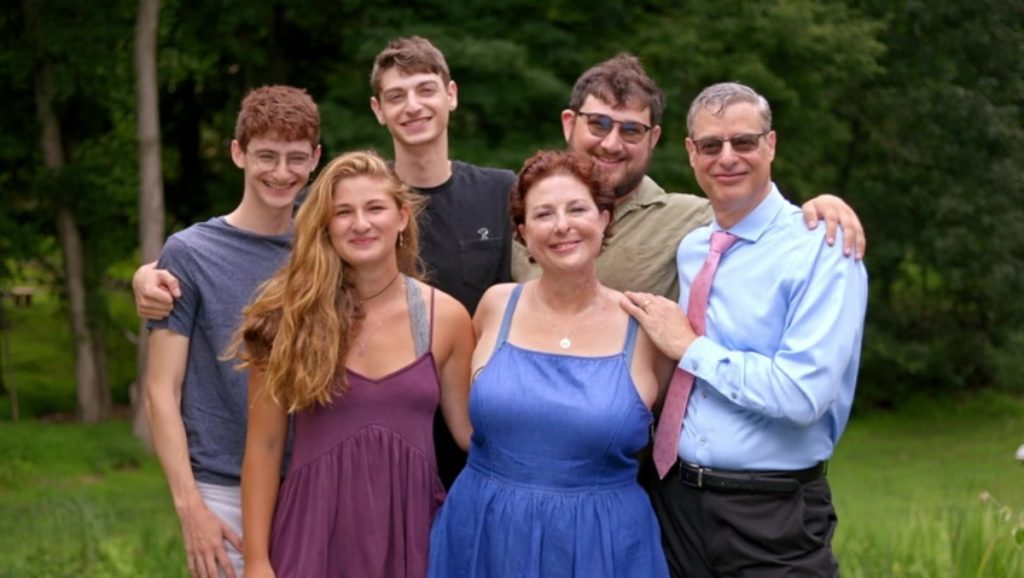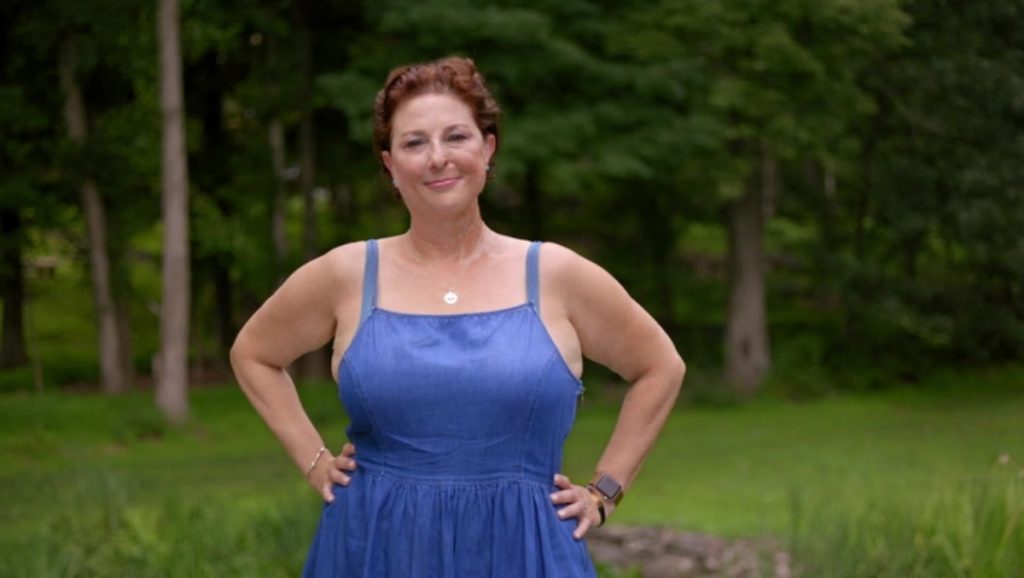Helping Others After Surviving Rare Cancer
- Sue Manber was diagnosed with a rare cancer called Merkel cell carcinoma after her daughter spotted a concerning mark on her nose. At the time, she was told to get her affairs in order.
- We recently caught up with Sue after her 10-year scans, and she was happy to report she is still cancer-free, calling it a “remarkable gift.”
- “I know for sure that my remarkable privilege of being able to put together a care team across three different markets in America and to really partner with my doctors as an equal voice in my care, is why I am still alive,” she told SurvivorNet.
- Sue now works as the chief patient officer at Publicis Health, helping other survivors take control of their health.
- “Shared decision-making absolutely drives better outcomes,” Sue told SurvivorNet.
- Sue makes sure that patients have the tools they need to work together with their care to help improve their outcomes after being diagnosed with cancer.
“It’s a remarkable gift,” Sue recently told SurvivorNet when we caught up with her after her 10-year scans.

A few weeks later she got the diagnosis: an extremely rare and extremely aggressive skin cancer. Sue underwent seven surgeries, chemotherapy, and radiation.
RELATED: HOW TO MONITOR YOUR SKIN FOR SKIN CANCER
Sarina said that the years her mother spent in treatment were particularly difficult for them both, especially since Sue was told that she should get her affairs in order, because doctors didn’t know if she would respond to treatment.

“I had to choose the order of people who I would want to live with, to be my guardian,” Sarina explained. “I don’t want to make that choice.”
Sarina, now 20, also explained how she took on the role of caregiver for her mom — but she doesn’t consider what she did anything extraordinary.
“I was just being a daughter,” she said.
After treatment, Sue decided to use her experience to organize an awareness campaign — The Big See. The goal of the campaign, in coordination with the Skin Cancer Foundation, is to educate people about skin cancer, the most common cancer in the country, and how to monitor their skin for any changes that may indicate cancer.
The Big See offers helpful tips for doing self-exams on the skin and advice for when a mark or mole may warrant a visit to the dermatologist.
RELATED: TOP 5 WAYS TO PROTECT YOUR SKIN FROM SKIN CANCER
Dr. Cecilia Larocca, a dermatologist at Dana Farber Cancer Institute, told SurvivorNet in a previous interview that she typically recommends people do a self-exam on their skin once a month — and look for any new or changing moles or spots.
“The most important thing to do whenever you have a mole that you’re worried about is to get it evaluated,” Dr. Larocca said.
“When we evaluate a mole, it’s also very important for us to get a good sense of what your family history is, and your sun exposure history. So when you come into a dermatologist, often we’ll ask several questions to get a sense of your risk factors … any family history of melanoma, any history of tanning bed use, and history of tanning sunburns.”
As Sue said, the best tool we have for detecting skin cancer early is our eyes. “If you see something new, unusual, or changing, get it checked because it could save your life.”
WATCH: Sue Manber Helps Patients Take Control of Their Health
Today, Sue is proud to be a patient advocate and use her experience to help others navigate their own cancer journeys. She’s now the chief patient officer at Publicis Health.
“I know for sure that my remarkable privilege of being able to put together a care team across three different markets in America and to really partner with my doctors as an equal voice in my care, is why I am still alive,” she told SurvivorNet.
“The statistics are clear. Only 5% of people who were diagnosed when I was are still here today. And so, sharing my experience now with other patients going through diagnosis and how to truly learn to advocate for themselves…”
She said that this approach, of being able to work together with your care team, can make all the difference.
“There’s over 120 studies that say shared decision-making absolutely drives better outcomes. But all too often, patients are not equipped. And so our purpose at [Publicis Health] is to create a world where people are equipped and motivated to take control of their health. And that infuses all of the work that I do on my personal side as a patient advocate.”
Learn more about SurvivorNet's rigorous medical review process.

